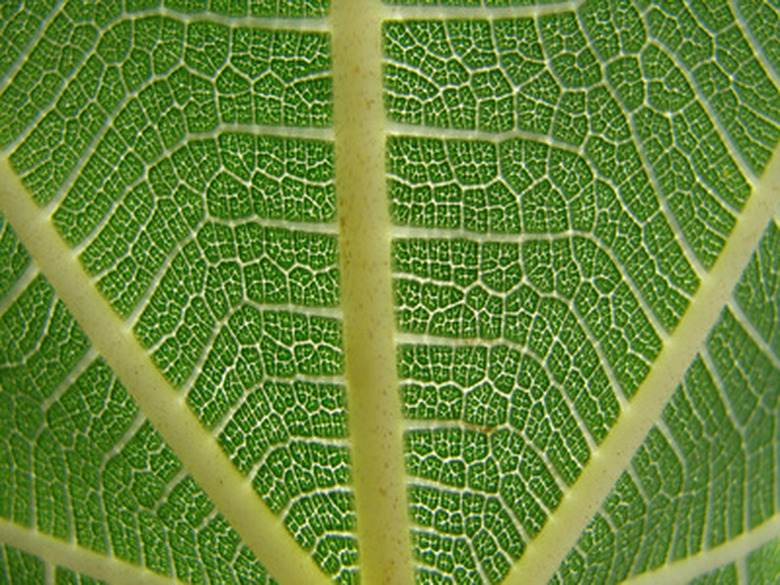Fiddle Leaf Fig Tree Care
Fiddle leaf figs (Ficus lyrata) are so named for their large, flat leaves that can reach up to 15 inches long and 10 inches wide. These showy, tropical trees can grow up to 40 feet tall in the wild, but usually grow to between 15 and 25 feet tall in home landscapes. Fiddle leaf figs are also often grown in containers. This tree is hardy and relatively free of pests and diseases.
Climate
Fiddle leaf fig trees are tropical plants. As such, they can only be grown outdoors year-round in the warm, humid climates of south Florida and parts of southern California. These areas are defined as U.S. Department of Agriculture growing zones 10b through 11.
- Fiddle leaf figs (Ficus lyrata) are so named for their large, flat leaves that can reach up to 15 inches long and 10 inches wide.
- These showy, tropical trees can grow up to 40 feet tall in the wild, but usually grow to between 15 and 25 feet tall in home landscapes.
Light
Ficus lyrata do best when exposed to a full day's worth of sunlight. At the very least, they need partial sunlight, according to the University of Florida Cooperative Extension Service. This is defined as at least six hours of sunlight per day. In the hot temperatures of the tropics, morning sun followed by dappled afternoon shade is an excellent combination for this tree.
Soil and Water
Fiddle leaf fig trees are relatively adaptable and will grow in clay, sandy, loamy, alkaline and acidic soil. These trees can handle occasionally soggy or dry soil, but they prefer consistently moist, well-drained soil. Overly wet soil with standing water promotes foot rot (a fungal infection that attacks the roots of the tree), while overly dry soil will cause the tree to gradually wilt. Water the tree frequently enough to keep the soil moist, according to Cal Lemke, a botanist with the University of Oklahoma.
- Ficus lyrata do best when exposed to a full day's worth of sunlight.
- Overly wet soil with standing water promotes foot rot (a fungal infection that attacks the roots of the tree), while overly dry soil will cause the tree to gradually wilt.
Fertilizing
Ficus lyrata trees are heavy feeders and grow quickly if fertilized once a week during the growing season. Use a fertilizer marketed for broadleaved evergreen plants, which are often labeled as houseplant fertilizers.
Pruning
Fiddle leaf fig trees need to be pruned in order to maintain their size and shape. Lemke recommends topping young trees to promote branching. They should also be trained to grow on one trunk. Drooping branches may need to be pruned in order to create space under the tree, and selective pruning of vertical branches or tight angles should be done to open up the canopy of the tree and make it less susceptible to wind damage.
